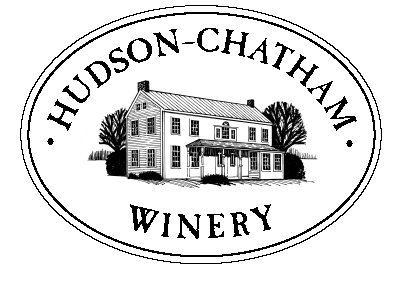
Students gain hands-on experience in making syrup
Posted: Saturday, Mar 17, 2007 - 12:45:10 am CDT
By Ashley Rhodebeck
By Ashley Rhodebeck
Beloit Daily News (WI)
Daily News staff writer
Education has gotten a little sweeter for area children this month.For the past two weeks, School District of Beloit elementary students have visited Big Hill Park to learn about maple syrup production and tree growth.“It's so important for them to see how things happen,” said Mary Ellen Fuentes, an English as a Second Language teacher at Wright Elementary. “It helps them get such an appreciation for why people did what they did.”
Books inform children about the topics, but they don't grasp the bigger picture, such as the whys and the hows, until they interact with the curriculum, Fuentes explained as students tried to re-enact the Native American's way of extracting maple sugar from sap Friday morning.
Books inform children about the topics, but they don't grasp the bigger picture, such as the whys and the hows, until they interact with the curriculum, Fuentes explained as students tried to re-enact the Native American's way of extracting maple sugar from sap Friday morning.
Sap is composed of 98 percent water and 2 percent sugar, so boiling the substance is most effective for extracting the sugar. Because Native Americans didn't have the tools to warm the substance directly on a fire, they poured the sap into a hollow log that became heated by hot rocks, said Tanya Zastrow, the Welty Environmental Center director.
Getting the rocks into the log was quite a trick, as the children soon learned. To avoid burning themselves, Native Americans would use sticks and deer antlers to transport the stones.“You read about this in books, but the experience and frustration of doing this activity creates this awareness,” Fuentes said, watching the youngsters struggle with the task.
Besides doing indoor activities, which also included making maple syrup, the students went into the woods to learn about maple trees and how sap is extracted from the plant.
“I'm going to pull a trick on you, so to get past the trick you're going to really have to use your eyes,” volunteer Julius Pellegrini told the group as they approached a maple tree to learn how people tap the sap.
“How come we didn't attach a bag here?” he asked the group, pointing out the tree's holes.
“Because it's dead,” a student quickly, and correctly, responded.
Even if the tree had been alive, the children probably wouldn't have seen it excrete sap during the chilly morning.For a tree to produce sap, the temperatures must have been below freezing at night and above freezing during the day because the contrast helps the sap travel upwards from the roots, Zastrow explained.
Each tree produces a different amount of sap each year, ranging from as few as five gallons to as many as 15 gallons, Zastrow said. The season begins depending on the temperatures and ends once the buds become swollen, she added.
Children got a chance to taste sap and maple syrup during their field trips, and the public can also dabble in the natural sweetness from 11 a.m. to 2 p.m. today during the third annual Maple Sugar Festival at Big Hill Park.
People can tour the maple trees and see how trees are tapped and sap is collected. Visitors can also see the evaporator and learn how maple sap is boiled and made into syrup.
Tours and activities are free, but a pancake brunch costs $5 for adults and $3 for children.

No comments:
Post a Comment